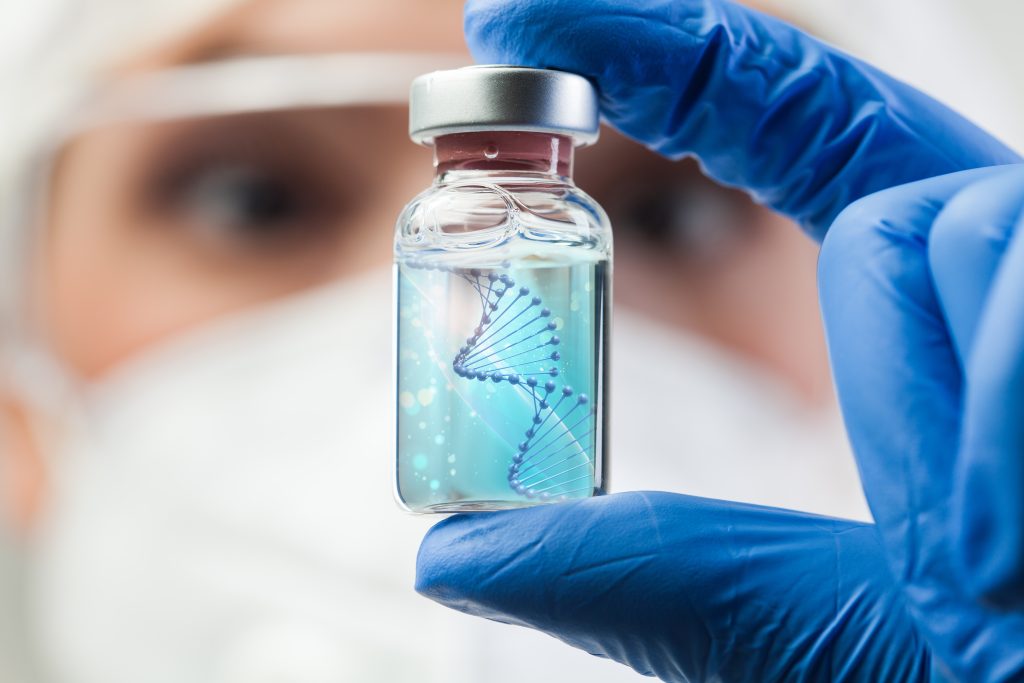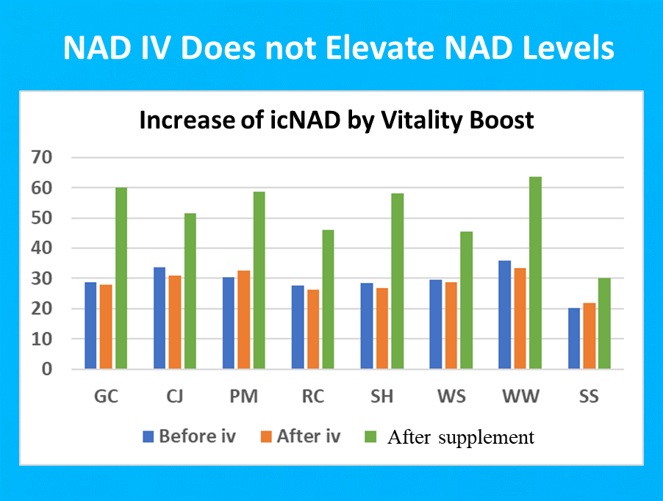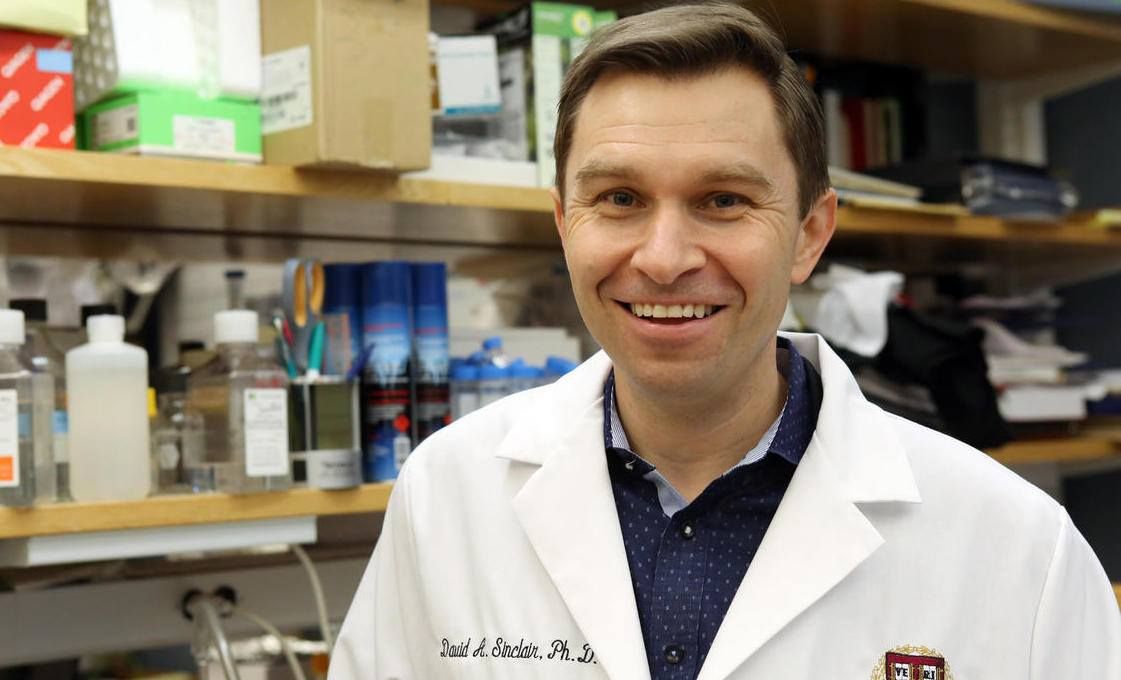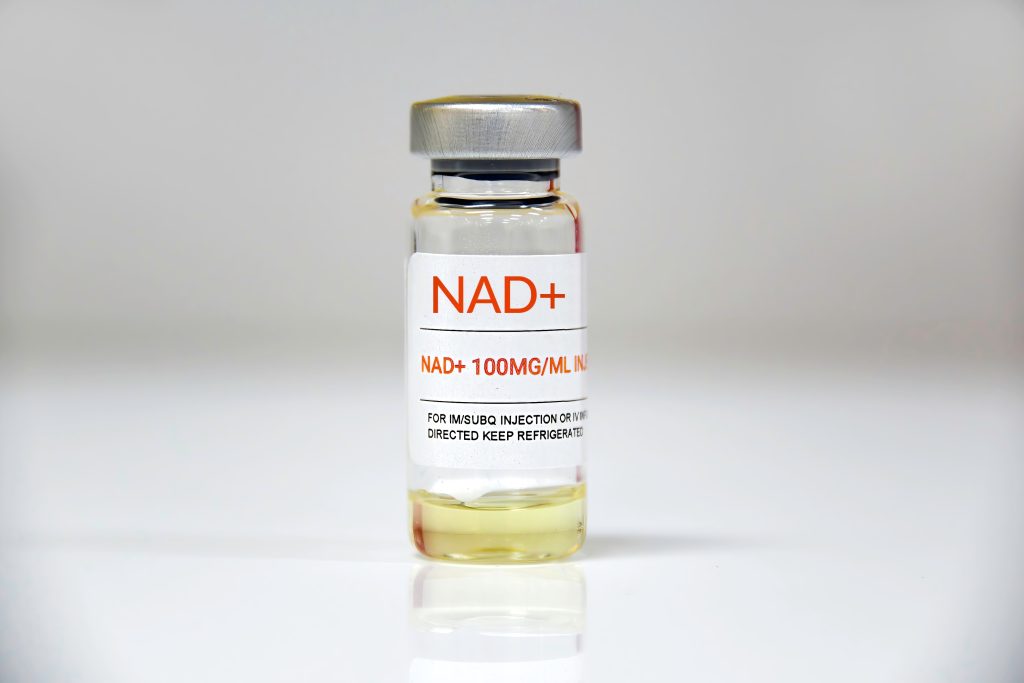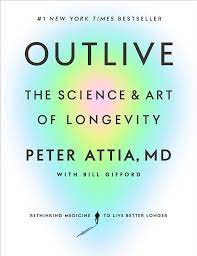Understand the Difference Between Lifespan Versus Healthspan
“The key to the future in an aging society is not found in increasing just our life span; we need to increase our health span at the same time.”
Chuck Norris, Martial Artist/Actor
Lifespan and healthspan are two terms that are often used interchangeably, but they have distinct meanings and implications. Understanding the difference between the two is important to understanding how to achieve overall well-being and quality of life.
Defining Lifespan and Healthspan
When referring to lifespan, it is about the length of time a person is alive. In other words, it is a measure of the duration of life. On the other hand, health span refers to the length of time a person is in good health, free from chronic diseases and disabilities. It is an indicator of the quantity and quality of your healthy years.
The Concept of Lifespan
Lifespan is influenced by various factors, including genetics, environment, and lifestyle choices. While there is a genetic component to lifespan, it is important to note that your genes do not solely determine how long you will live. The environment you live in and the choices you make also play a significant role in determining your lifespan.
Genetics can influence your susceptibility to certain diseases and conditions, but it is not a guarantee of a shorter or longer lifespan. For example, some individuals may have a genetic predisposition to heart disease, but by adopting a healthy lifestyle and managing risk factors, they can still live long and fulfilling lives. Similarly, individuals without any known genetic predispositions can still be affected by environmental factors that may impact their lifespan, such as exposure to pollutants or unhealthy living conditions.
Furthermore, lifestyle choices have a profound effect on your lifespan. Engaging in regular physical activity, maintaining a balanced diet, avoiding smoking and excessive alcohol consumption, and managing stress are all factors that can contribute to a longer and healthier life. These choices can help prevent or delay the onset of chronic diseases and disabilities, ultimately extending your lifespan.
The Concept of Healthspan
Healthspan, on the other hand, focuses on the quality of your years. It is about living not just a long life, but a healthy and fulfilling one. Achieving a longer health span involves maintaining good physical and mental health, as well as preventing or managing chronic diseases and disabilities.
Physical health is a key component of healthspan. Regular exercise, proper nutrition, and adequate sleep are all essential for maintaining optimal physical well-being. Engaging in physical activities that challenge your body and promote cardiovascular health, strength, and flexibility can help prevent age-related decline and keep you active and independent as you age.
Mental health is equally important for a longer health span. Engaging in activities that stimulate your mind, such as reading, puzzles, or learning new skills, can help maintain cognitive function and prevent cognitive decline. Additionally, maintaining social connections and a strong support network can contribute to mental well-being and overall happiness.
Preventing or managing chronic diseases and disabilities is another crucial aspect of healthspan. Regular check-ups, screenings, and early detection of potential health issues can help prevent the progression of diseases and ensure timely interventions. Managing existing conditions through medication, therapy, or lifestyle modifications can also improve quality of life and extend health span.
In conclusion, lifespan and health span are interconnected concepts that reflect the duration and quality of life. While genetics play a role in determining your lifespan, environmental factors and lifestyle choices also significantly influence how long you live. Achieving a longer health span involves maintaining good physical and mental health, as well as preventing or managing chronic diseases and disabilities. Understanding and prioritizing these factors allows you to strive for a longer, healthier, and more fulfilling life.
Factors Influencing Lifespan and Healthspan
Both lifespan and health span are influenced by a multitude of factors. Understanding these factors can help you make informed choices to improve your overall well-being. When it comes to lifespan and healthspan, genetic factors play a significant role. Your genes determine your susceptibility to certain diseases and conditions. However, it is important to remember that genes are not your destiny. Through lifestyle choices and preventive measures, you can mitigate the impact of genetic predispositions and improve your chances of a longer and healthier life.
But genes are not the only factor at play. The environment you live in also has a significant impact on your health and well-being. Factors such as air quality, access to healthcare, and social support systems can influence your lifespan and health span. For example, living in an area with high levels of air pollution can increase the risk of respiratory diseases and shorten lifespan. On the other hand, having access to quality healthcare and a strong support system can contribute to a longer and healthier life.
Creating environments that promote health and well-being is crucial in improving both longevity and quality of life. This includes designing cities with walkable neighborhoods and green spaces, implementing policies that reduce pollution and promote healthy lifestyles, and ensuring equal access to healthcare for all individuals.
While genetic and environmental factors play a significant role, your lifestyle choices also profoundly impact your lifespan and health span. Engaging in regular physical activity, adopting a balanced diet, avoiding harmful habits such as smoking and excessive drinking, and managing stress are all essential for maintaining good health and prolonging your healthy years.
Regular physical activity, such as aerobic exercises, strength training, and flexibility exercises, can improve cardiovascular health, strengthen muscles and bones, and enhance mental well-being. A balanced diet, rich in fruits, vegetables, whole grains, lean proteins, and healthy fats, provides the necessary nutrients for optimal health and can help prevent chronic diseases.
Smoking and excessive drinking, on the other hand, can have detrimental effects on your health and shorten your lifespan. Smoking is a leading cause of preventable diseases, including lung cancer, heart disease, and stroke. Excessive alcohol consumption can damage the liver, increase the risk of certain cancers, and contribute to mental health issues.
Managing stress is also crucial for maintaining good health. Chronic stress can weaken the immune system, increase the risk of mental health disorders, and contribute to the development of chronic diseases. Engaging in stress-reducing activities such as meditation, yoga, and spending time in nature can help improve your overall well-being.
In conclusion, lifespan and health span are influenced by a combination of genetic, environmental, and lifestyle factors. Understanding these factors and making informed choices can help you live a longer, healthier life. By taking steps to mitigate genetic predispositions, creating healthy environments, and adopting a balanced lifestyle, you can improve your chances of a longer and healthier life.
The Correlation Between Lifespan and Healthspan
ALT TXT IMG: Bird-watching
There is a close correlation between lifespan and health span, but it is important to note that they are not mutually exclusive. While it is possible to live a long life, it is not necessarily synonymous with good health. Conversely, it is possible to have a shorter lifespan but enjoy good health throughout the years.
The Impact of Longevity on Healthspan
Advances in medical science and improved healthcare have led to increased life expectancy. This means that people are living longer than ever before. However, this increase in lifespan has also resulted in a higher prevalence of chronic diseases and disabilities in older adults. While people may be living longer, it is essential to focus not only on prolonging lifespan but also on maintaining good health throughout the extended years.
With age, the body undergoes various changes. The metabolism slows down, the immune system weakens, and the risk of developing chronic conditions such as heart disease, diabetes, and cancer increases. These changes can have a significant impact on your healthspan, the period of your life when you are free from disease and disability.
It is crucial to prioritize healthy aging by adopting lifestyle choices that promote both lifespan and healthspan. Regular exercise is one of the most effective ways to maintain good health as you age. Physical activity helps to strengthen your muscles, improve your cardiovascular health, and enhance your overall well-being. Additionally, exercise has been shown to reduce the risk of chronic diseases, improve cognitive function, and enhance mental health.
In addition to exercise, a nutritious diet is essential for promoting both lifespan and healthspan. Consuming various fruits, vegetables, whole grains, lean proteins, and healthy fats gives your body the necessary nutrients to function optimally. A balanced diet can help prevent chronic diseases, maintain a healthy weight, and support overall well-being.
The Role of Healthy Living in Lifespan
Healthy living plays a crucial role in both lifespan and healthspan. By adopting healthy lifestyle choices, you can extend your years and improve your overall quality of life. Regular exercise, a nutritious diet, stress management, and preventive healthcare measures are all key components of healthy living.
Stress management is another important aspect of healthy living. Chronic stress can have detrimental effects on your physical and mental health, leading to an increased risk of various diseases. Engaging in stress-reducing activities such as meditation, yoga, or spending time in nature can help improve your overall well-being and contribute to a longer and healthier life.
Preventive healthcare measures, such as regular check-ups, vaccinations, and screenings, are crucial for maintaining good health throughout your lifespan. These measures can help detect and treat potential health issues early on, preventing them from progressing into more serious conditions. By staying proactive about your health, you can take control of your well-being and increase your chances of living a long and healthy life.
In conclusion, while there is a correlation between lifespan and health span, they are not mutually exclusive. It is possible to live a long life while enjoying good health, and it is also possible to have a shorter lifespan but maintain good health throughout the years. By prioritizing healthy living, including regular exercise, a nutritious diet, stress management, and preventive healthcare measures, you can increase your chances of not only living longer but also living healthier.
The Importance of Balancing Lifespan and Healthspan
While living a long life is undoubtedly desirable, it is equally important to prioritize quality of life. Balancing lifespan and healthspan involves making choices that promote both longevity and well-being.
Prioritizing Quality of Life
Quality of life encompasses physical health, mental well-being, social connections, and personal fulfillment. It is essential to prioritize activities and choices that enhance your overall well-being and happiness, even if they may not directly impact your lifespan.
The Role of Preventive Healthcare
Preventive healthcare plays an instrumental role in maintaining good health and preventing the onset of diseases. Regular check-ups, screenings, vaccinations, and early interventions can help catch potential health issues early on, thus minimizing their impact on both lifespan and healthspan.
Future Perspectives on Lifespan and Healthspan
The lifespan and healthspan research field continues to evolve, offering exciting prospects for the future.
Advances in Medical Science
Ongoing breakthroughs in medical science hold significant promise in enhancing an understanding of the factors influencing lifespan and health span. From genetic research to innovative treatments and interventions, the future looks bright in terms of improving both quantity and quality of life.
Societal Implications and Challenges
Increasing life expectancy and the growing aging population present unique challenges to society. From healthcare provision to social support systems, it is crucial to adapt and address the evolving needs of individuals, ensuring that longevity is accompanied by good health and well-being.
In conclusion, while lifespan and health span are related concepts, they are distinct and require individual attention. Understanding the difference between the two is essential in making informed choices that promote both longevity and quality of life. By prioritizing healthy living, adopting preventive measures, and considering the societal implications, you can strive for a future where longer lives are accompanied by good health and well-being. Feel less tired and get an extra boost of energy with Accuri® Vitality Boost.
Lastly, if you’re interested in going deeper on health-related content, here are a few of our recent posts that you may want to read:
- Andrew Huberman is Wrong About NAD, NAD+ precursor & Longevity
- 9 Powerful Benefits of Optimizing Your NAD
- Why Optimized, Precision Medicine is the Future
- What Does Peak Performance Look Like?
P.S. Want to boost your intracellular NAD levels? Try a 2 week trial of our Jinfiniti Vitality Boost (do 2 scoops per day), use the discount code Blog15 if you’re a new customer for 15% off your 1st order)










